Welcome to our comprehensive guide on the Everest Base Camp (EBC) trek, a once-in-a-lifetime experience that takes you to the foothills of the world's highest peak, Mount Everest. The EBC trek is not only an incredible journey through the awe-inspiring landscapes of the Himalayas but also a test of endurance and adaptability to the challenges posed by high altitudes. In this blog, we aim to provide you with a detailed framework for understanding elevation and acclimatization, crucial factors that can make or break your trekking experience.
An essential part of preparing for the EBC trek is understanding the elevation profile and the importance of proper acclimatization. As you ascend to higher altitudes, the air pressure decreases, and the oxygen level in the atmosphere drops, which can lead to altitude sickness if your body doesn't have enough time to adapt. By following a well-planned acclimatization schedule and being aware of the symptoms and risks of altitude sickness, you can greatly increase your chances of successfully and safely completing the trek.
Our goal is to equip you with the knowledge and tools needed to navigate the EBC trek safely, while maximizing your enjoyment of this remarkable journey. By the end of this blog, you'll have a thorough understanding of the elevation profile of the trek, the importance of acclimatization, and the best practices for minimizing the risk of altitude sickness. We'll also provide you with a day-by-day acclimatization schedule and tips for a safe and successful trek. So, let's embark on this incredible adventure together!
Everest Base Camp Trek: A Quick Overview
The Everest Base Camp (EBC) trek is one of the most popular and iconic trekking routes in the world, attracting thousands of adventure enthusiasts each year. The trek takes you through the heart of the Solu-Khumbu region in Nepal, home to the world-renowned Sherpa people, and offers breathtaking views of some of the highest peaks in the world, including Mount Everest, Lhotse, Nuptse, and Ama Dablam.
Location and Significance of EBC:
Everest Base Camp serves as the starting point for climbers attempting to scale the mighty Mount Everest, the highest peak on Earth standing at 8,848 meters (29,029 feet) above sea level. The base camp is not just a campsite, but also a symbol of human determination and a testament to the spirit of adventure. Trekkers from all walks of life come together to embark on this unforgettable journey, drawn by the allure of Everest and the unique cultural experiences along the way.
Two EBCs: North (Tibet) and South (Nepal):
There are two base camps on opposite sides of Mount Everest: the North Base Camp in Tibet and the South Base Camp in Nepal. The North Base Camp, located at 5,150 meters (16,896 feet), can be reached by vehicle from the Tibetan side. The South Base Camp, situated at an elevation of 5,364 meters (17,598 feet), is accessed by the classic trekking route through the Nepalese Himalayas. Both camps offer a unique perspective of the mighty Everest and their own set of challenges.
Focus on South EBC (Nepal) for this blog:
In this blog, we will primarily focus on the South Everest Base Camp trek in Nepal, which is the more popular and accessible route for trekkers. The South EBC trek typically takes around 12-14 days to complete, including acclimatization days. The journey begins with a thrilling flight to Lukla, the gateway to the Everest region, and then continues through picturesque villages, lush forests, high suspension bridges, and ancient monasteries, all the while offering spectacular views of the Himalayas. As we delve deeper into the elevation profile and acclimatization, our focus will remain on the South EBC trek in Nepal.
Elevation Profile: A Step-by-Step Guide
Understanding the elevation profile of the Everest Base Camp trek is crucial for proper acclimatization and a successful journey. Here is a detailed breakdown of elevations at key points along the trek:
-
Lukla (2,860m / 9,383ft): The trek begins with a flight to Tenzing-Hillary Airport in Lukla, one of the most thrilling airstrips in the world. This small town is the gateway to the Everest region and the starting point of the trek.
-
Phakding (2,610m / 8,563ft): After landing in Lukla, trekkers descend to Phakding, a small village situated along the Dudh Kosi River. The first day's trek is relatively easy and helps trekkers acclimate to the altitude.
-
Namche Bazaar (3,440m / 11,286ft): The trail then ascends to Namche Bazaar, the bustling hub of the Khumbu region and an important acclimatization stop. It is the largest Sherpa village in the area and offers stunning views of the surrounding peaks.
-
Tengboche (3,860m / 12,664ft): The next destination is Tengboche, home to the famous Tengboche Monastery, the largest monastery in the Khumbu region. This picturesque village offers panoramic views of the Himalayas, including Everest, Lhotse, and Ama Dablam.
-
Dingboche (4,410m / 14,469ft): From Tengboche, the trail ascends to Dingboche, another important acclimatization stop. This village lies in the Imja Valley and serves as a resting point for trekkers before they continue to higher altitudes.
-
Lobuche (4,940m / 16,207ft): After acclimatizing in Dingboche, trekkers head towards Lobuche, a small settlement nestled near the foot of the Khumbu Glacier. The trek from Dingboche to Lobuche offers striking views of the glacier and surrounding peaks.
-
Gorak Shep (5,164m / 16,942ft): The next stop is Gorak Shep, the last settlement before reaching Everest Base Camp. This small, rocky village sits on the edge of a frozen lakebed covered with sand and serves as a base for the final push to EBC.
-
Everest Base Camp (5,364m / 17,598ft): The culmination of the trek is the arrival at Everest Base Camp, where trekkers can enjoy the satisfaction of reaching the foot of the world's highest peak and marvel at the awe-inspiring Khumbu Icefall.
Graphical Representation of Elevation Profile:
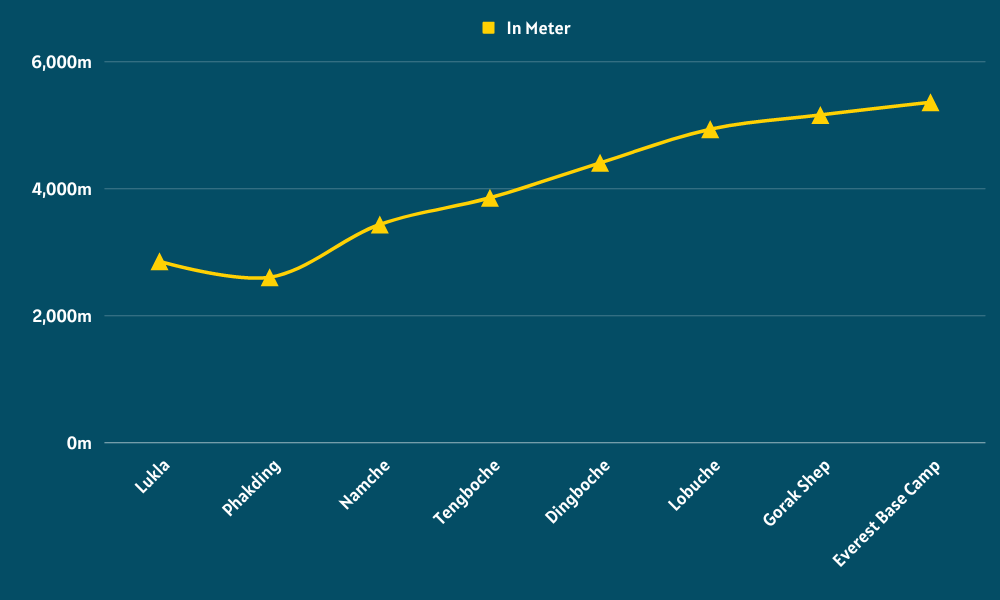
Acclimatization: A Crucial Component
Acclimatization is the process by which your body adjusts to the decreased availability of oxygen at higher altitudes. It is a critical component of any high-altitude trek, including the Everest Base Camp trek, as it helps prevent altitude sickness and ensures a safer and more enjoyable experience.
Definition and Importance of Acclimatization:
As you ascend to higher altitudes, the air pressure decreases, and the oxygen levels in the atmosphere drop. Your body needs time to adapt to these changes by producing more red blood cells to carry oxygen and adjusting your breathing and heart rate. Failing to acclimatize properly can lead to altitude sickness, which can be life-threatening if not addressed promptly.
Altitude Sickness: Symptoms, Types (AMS, HAPE, HACE), and Prevention:
Altitude sickness, also known as Acute Mountain Sickness (AMS), can manifest in various forms and severity. The most common symptoms include headache, dizziness, nausea, fatigue, shortness of breath, and difficulty sleeping. If left untreated, AMS can progress to more severe forms, such as High Altitude Pulmonary Edema (HAPE) and High Altitude Cerebral Edema (HACE), both of which can be fatal.
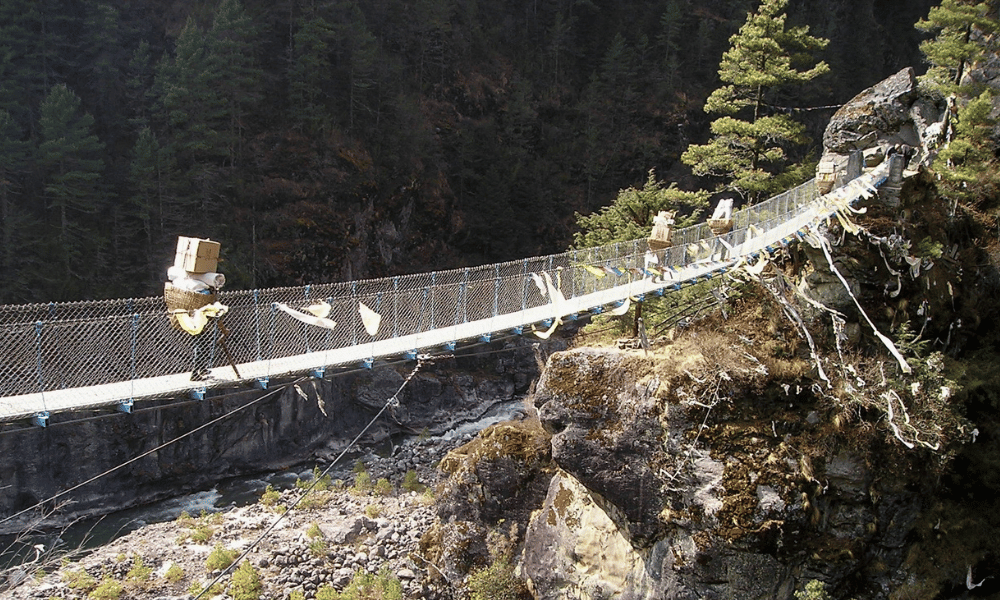
Prevention of altitude sickness involves a combination of gradual ascent, proper acclimatization, staying hydrated, maintaining a balanced diet, and being aware of your body's response to the altitude. If symptoms persist or worsen, it is crucial to descend to a lower altitude immediately and seek medical attention if necessary.
Importance of "Climb High, Sleep Low" Principle:
The "Climb High, Sleep Low" principle is a key aspect of acclimatization. This involves ascending to a higher altitude during the day and then descending to sleep at a lower altitude at night. This practice allows your body to experience higher elevations while giving it the opportunity to recover and acclimatize during rest.
Recommended Acclimatization Stops and Rest Days:
During the Everest Base Camp trek, it is essential to include rest days in your itinerary for proper acclimatization. The most common acclimatization stops are:
-
Namche Bazaar (3,440m / 11,286ft) - 2 nights
-
Dingboche (4,410m / 14,469ft) - 2 nights
These rest days not only help your body adjust to the altitude but also provide an opportunity to explore the surrounding areas, engage with the local culture, and visit monasteries and viewpoints. Keep in mind that acclimatization is a highly individual process, and some trekkers might require additional rest days or stops to ensure a safe and successful trek. Always listen to your body and communicate any concerns to your guide or trekking companions.
Acclimatization Schedule and Tips
Day-by-day Acclimatization Schedule for a Typical EBC Trek:
A typical acclimatization schedule for the Everest Base Camp trek might look like this:
Day 1: Flight to Lukla (2,860m / 9,383ft) and trek to Phakding (2,610m / 8,563ft)
Day 2: Trek to Namche Bazaar (3,440m / 11,286ft)
Day 3: Acclimatization day in Namche Bazaar (3,440m / 11,286ft)
Day 4: Trek to Tengboche (3,860m / 12,664ft)
Day 5: Trek to Dingboche (4,410m / 14,469ft)
Day 6: Acclimatization day in Dingboche (4,410m / 14,469ft)
Day 7: Trek to Lobuche (4,940m / 16,207ft)
Day 8: Trek to Gorak Shep (5,164m / 16,942ft) and visit Everest Base Camp (5,364m / 17,598ft)
Day 9: Hike to Kala Patthar (5,550m / 18,208ft) and trek back to Pheriche (4,240m / 13,911ft)
Day 10-13: Descend back to Lukla
Remember that this is just a general guideline, and individual schedules may vary based on personal fitness, experience, and other factors. It's essential to listen to your body and make adjustments as needed.
Tips for Safe Acclimatization:
-
Gradual Ascent: Ascend slowly and avoid skipping acclimatization stops. Do not increase your sleeping altitude by more than 300-500 meters (1,000-1,640 feet) per day.
-
Hydration: Staying hydrated is crucial at high altitudes. Aim to drink at least 3-4 liters of water per day, along with other fluids like tea or soup.
-
Diet: Maintain a balanced diet with a focus on carbohydrates to provide energy for your body. Include fruits, vegetables, and protein sources to ensure you get essential nutrients.
-
Medication (Diamox): Diamox (Acetazolamide) can help your body acclimatize more effectively by increasing your breathing rate and reducing fluid buildup. Consult your doctor before taking Diamox and follow their recommendations.
-
Recognizing and Responding to Symptoms: Be aware of the symptoms of altitude sickness and communicate any concerns to your guide or trekking companions. If symptoms worsen or persist, descend immediately and seek medical attention if necessary.
-
Proper Gear and Clothing: Equip yourself with appropriate gear and clothing for various weather conditions and temperatures. Dress in layers to easily adjust to changing conditions, and wear a hat, sunglasses, and sunscreen to protect yourself from the intense UV rays at high altitudes.
By following these tips and adhering to a well-planned acclimatization schedule, you can significantly increase your chances of a safe and successful Everest Base Camp trek.
Trekker's Stories: Learning from Experience
Hearing personal accounts from trekkers who have completed the Everest Base Camp trek can provide valuable insights, inspiration, and lessons for those planning to embark on this adventure. Here are a few stories that highlight successes, challenges, and lessons learned from the EBC trek:
The Importance of Acclimatization:
Sarah, a seasoned trekker, recalls her experience with altitude sickness during the EBC trek. Despite being physically fit and having previous high-altitude trekking experience, she underestimated the need for proper acclimatization. By day 4, she began experiencing severe headaches, dizziness, and fatigue. Sarah credits her experienced guide and trekking companions for recognizing her symptoms and encouraging her to descend to a lower altitude for recovery. Her story emphasizes the importance of proper acclimatization and the need to listen to your body.
Mental Strength and Perseverance:
Anil, a first-time high-altitude trekker, shares how the EBC trek tested his mental and physical limits. While he trained diligently for the trek, he struggled with the cold temperatures, rough terrain, and thin air. What helped him through the toughest days, he says, was mental strength and determination. He also credits his supportive trekking group and guide for providing motivation and encouragement. David's story demonstrates the power of mental fortitude and the value of camaraderie during challenging treks like EBC.
Embracing Local Culture:
Muskan, an avid traveler and trekker, highlights the impact of immersing herself in the local culture during the EBC trek. She fondly remembers spending her acclimatization days exploring Sherpa villages, visiting monasteries, and learning about their customs and beliefs. Emily believes that this cultural connection made her experience even more enriching and memorable, showcasing the importance of embracing local culture during the trek.
The Value of Preparation and Proper Gear:
Kiran, a trekking enthusiast, recounts his experience of being inadequately prepared for the EBC trek. With insufficient warm clothing and worn-out boots, he faced challenges like cold-related discomfort and painful blisters. After consulting with his guide and other trekkers, he managed to acquire better gear at a local teahouse. Alex's story emphasizes the importance of thorough preparation and investing in proper gear for a more comfortable and enjoyable trekking experience.
These personal accounts provide a glimpse into the diverse challenges and successes that trekkers may encounter during the Everest Base Camp trek. By learning from their experiences, future trekkers can better prepare for their own journey and make the most of this once-in-a-lifetime adventure.
Overall Conclusion:
The Everest Base Camp trek is a challenging yet rewarding adventure that takes trekkers through breathtaking landscapes and exposes them to the rich cultural heritage of the region. This blog has provided a detailed framework covering key aspects such as the elevation profile, acclimatization, and practical tips for a safe and enjoyable trek.
To recap, the key points include:
-
Understanding the elevation profile and the significance of the South Everest Base Camp (Nepal) for this blog.
-
Recognizing the importance of acclimatization and following the "Climb High, Sleep Low" principle.
-
Implementing a step-by-step acclimatization schedule and adhering to safety tips such as gradual ascent, hydration, diet, and medication.
-
Considering the experiences and lessons learned from previous trekkers to prepare for challenges and make the most of the journey.
The importance of proper preparation and acclimatization cannot be overstated. By following the guidelines and advice outlined in this blog, trekkers can significantly improve their chances of a safe and successful journey to Everest Base Camp.
We wish all trekkers embarking on the Everest Base Camp trek the best of luck and an unforgettable experience!
References and Resources:
Below is a list of reliable sources and further reading material to help you better understand elevation, acclimatization, and prepare for the Everest Base Camp trek:
Altitude.org - A comprehensive resource on altitude sickness, acclimatization, and high-altitude medicine.
Website: https://www.altitude.org/
International Society for Mountain Medicine (ISMM) - An organization dedicated to promoting mountain medicine education, research, and responsible trekking practices.
Website: https://www.ismmed.org/
Himalayan Rescue Association (HRA) - A non-profit organization providing medical and emergency assistance to trekkers and mountaineers in the Nepalese Himalayas.
Website: https://himalayanrescue.org/
Trekking Agencies' Association of Nepal (TAAN) - An umbrella organization of trekking agencies in Nepal, providing up-to-date information, guidelines, and resources for trekkers.
Website: https://www.taan.org.np/
Lonely Planet - A popular travel guide publisher that offers comprehensive information on trekking in Nepal, including the Everest Base Camp trek.
Website: https://www.lonelyplanet.com/
Books:
"Trekking in the Nepal Himalaya" by Bradley Mayhew, Lindsay Brown, and Stuart Butler (Lonely Planet)
-
A detailed guidebook covering various treks in Nepal, including the Everest Base Camp trek, with practical information on preparation, logistics, and itineraries.
"Altitude Illness: Prevention & Treatment" by Stephen Bezruchka
-
A comprehensive guide on understanding, preventing, and treating altitude sickness and related medical issues during high-altitude treks and climbs.
"The Mountain Medicine Handbook" by Andrew Pollard and David Hillebrandt
-
A practical guide to mountain medicine, including high-altitude physiology, acclimatization, and the treatment of altitude-related illnesses.
Online Forums and Blogs:
The Trek - An online resource for long-distance hikers and backpackers, featuring articles, advice, and personal stories related to the Everest Base Camp trek and other adventures.
Website: https://thetrek.co/
Lonely Planet's Thorn Tree Forum - A popular online forum where travelers can ask questions, share experiences, and seek advice about trekking in Nepal, including the Everest Base Camp trek.
Website: https://www.lonelyplanet.com/thorntree/forums/asia-indian-subcontinent/nepal
By utilizing these resources, you can deepen your understanding of elevation, acclimatization, and trek preparation to enhance your overall experience and safety on the Everest Base Camp trek.





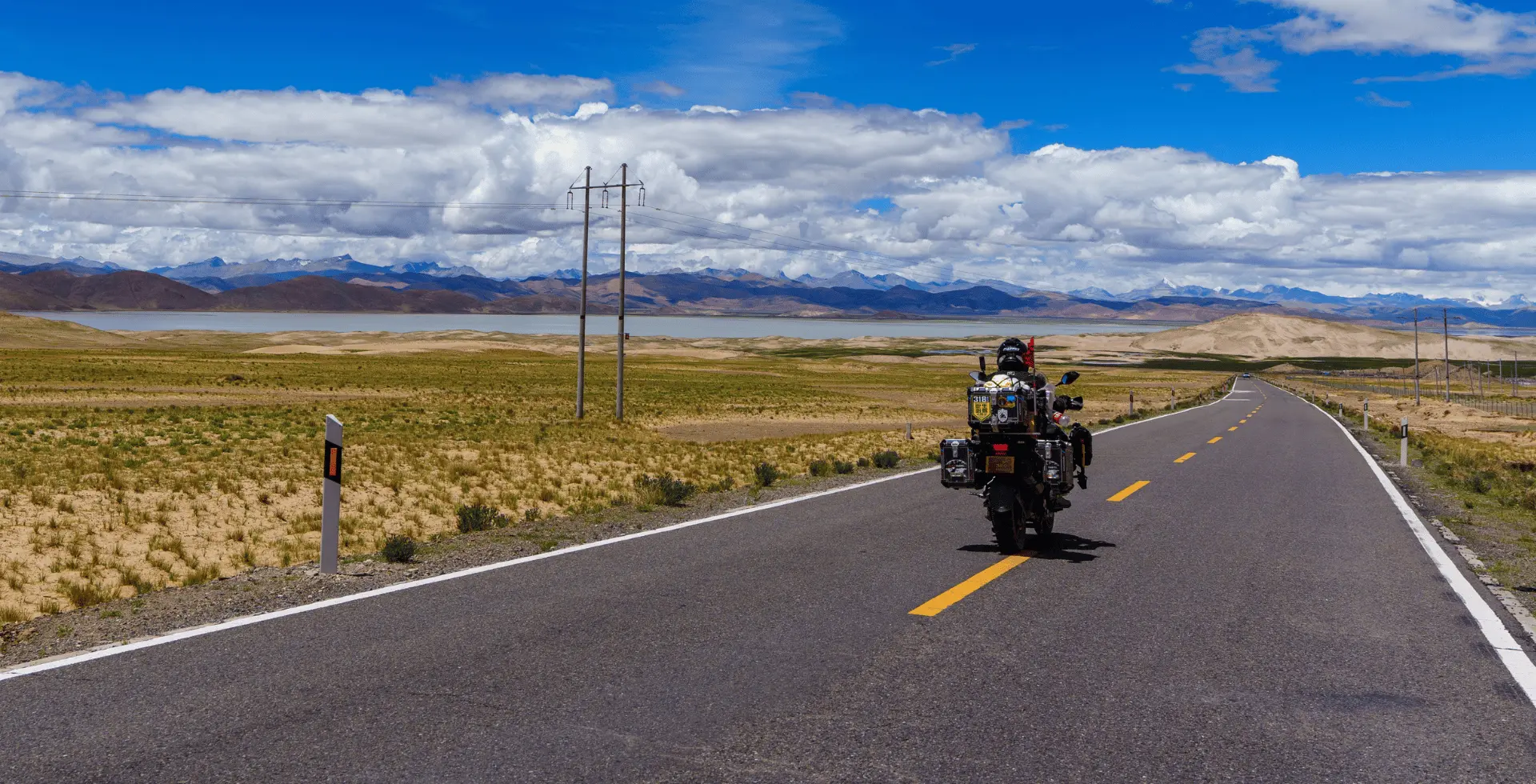
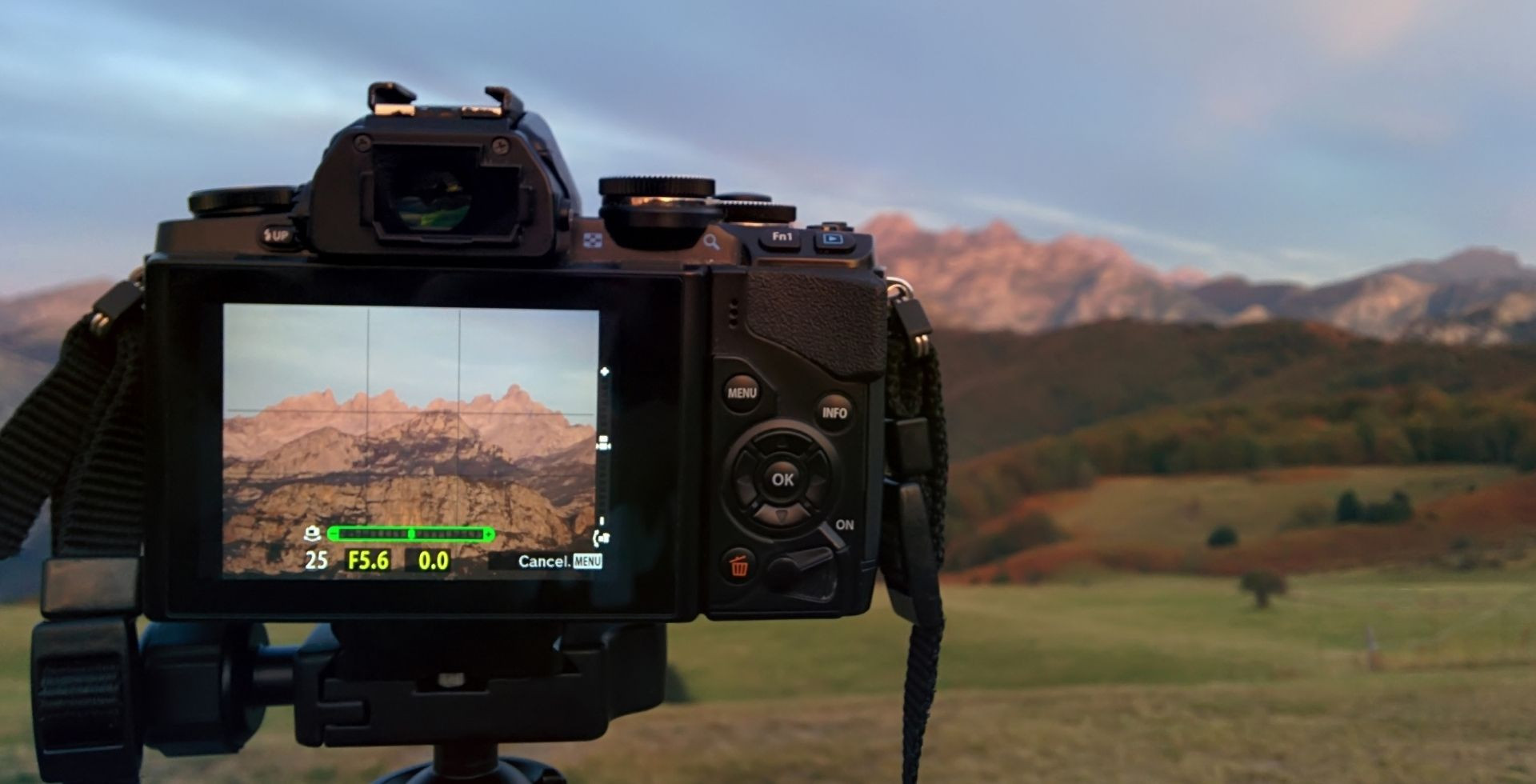
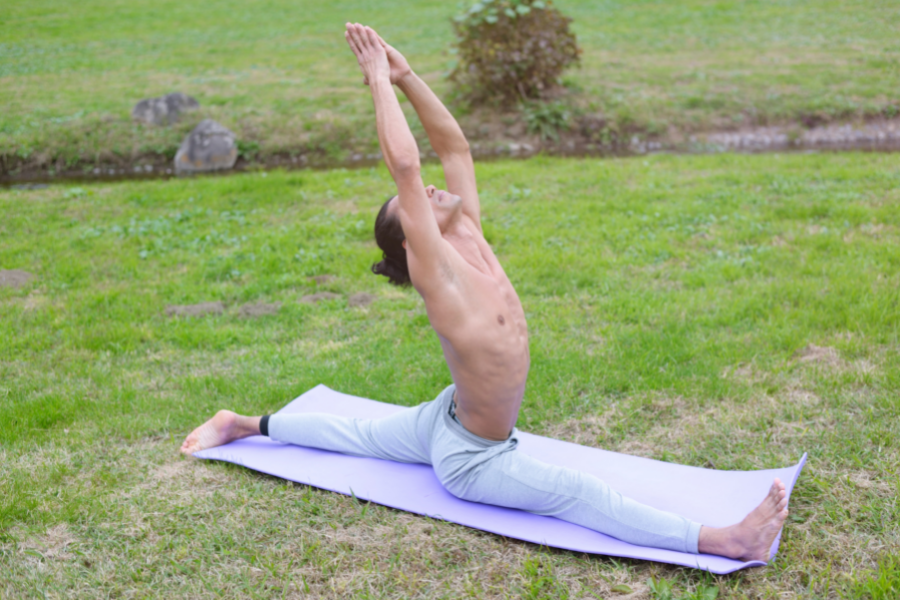
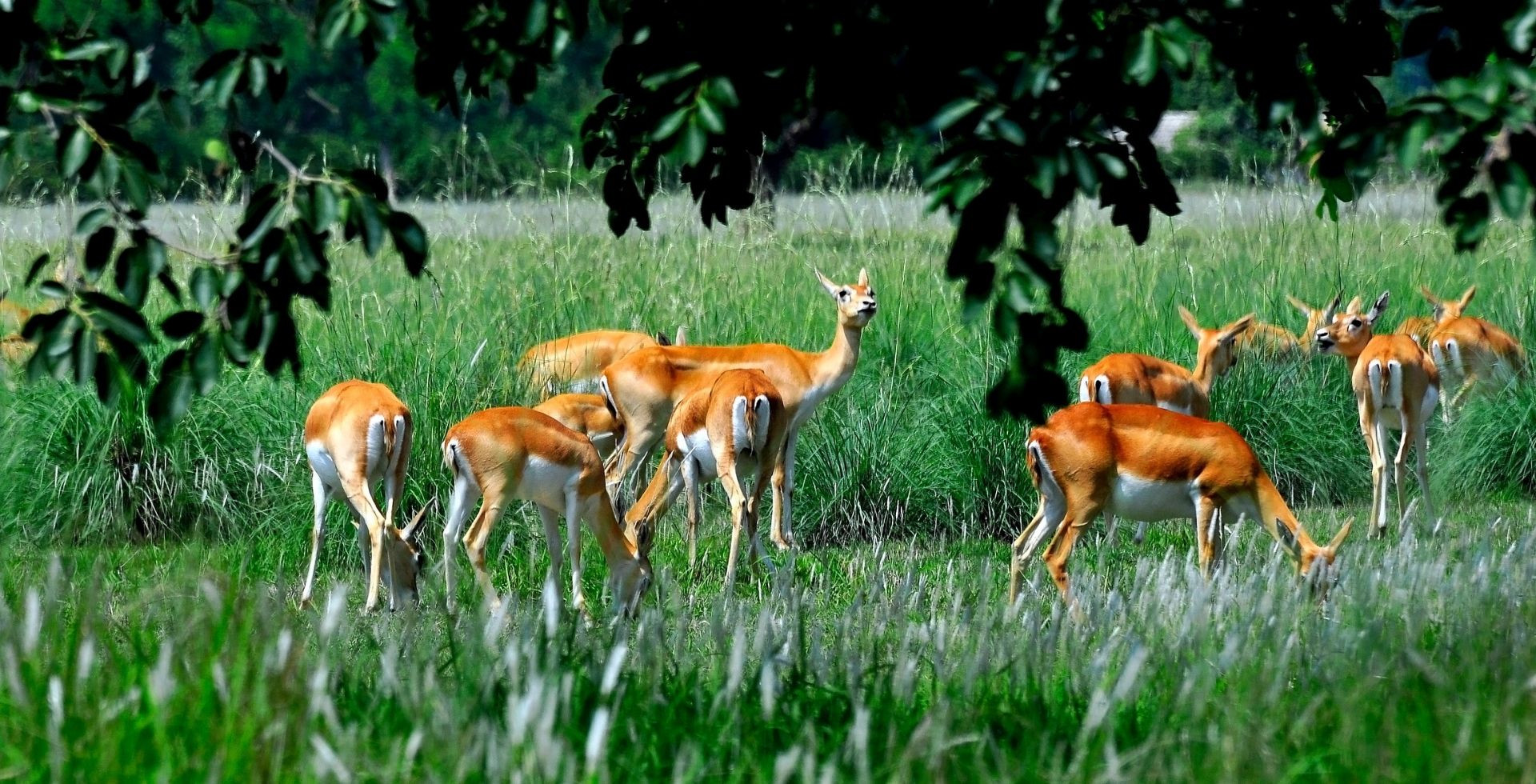
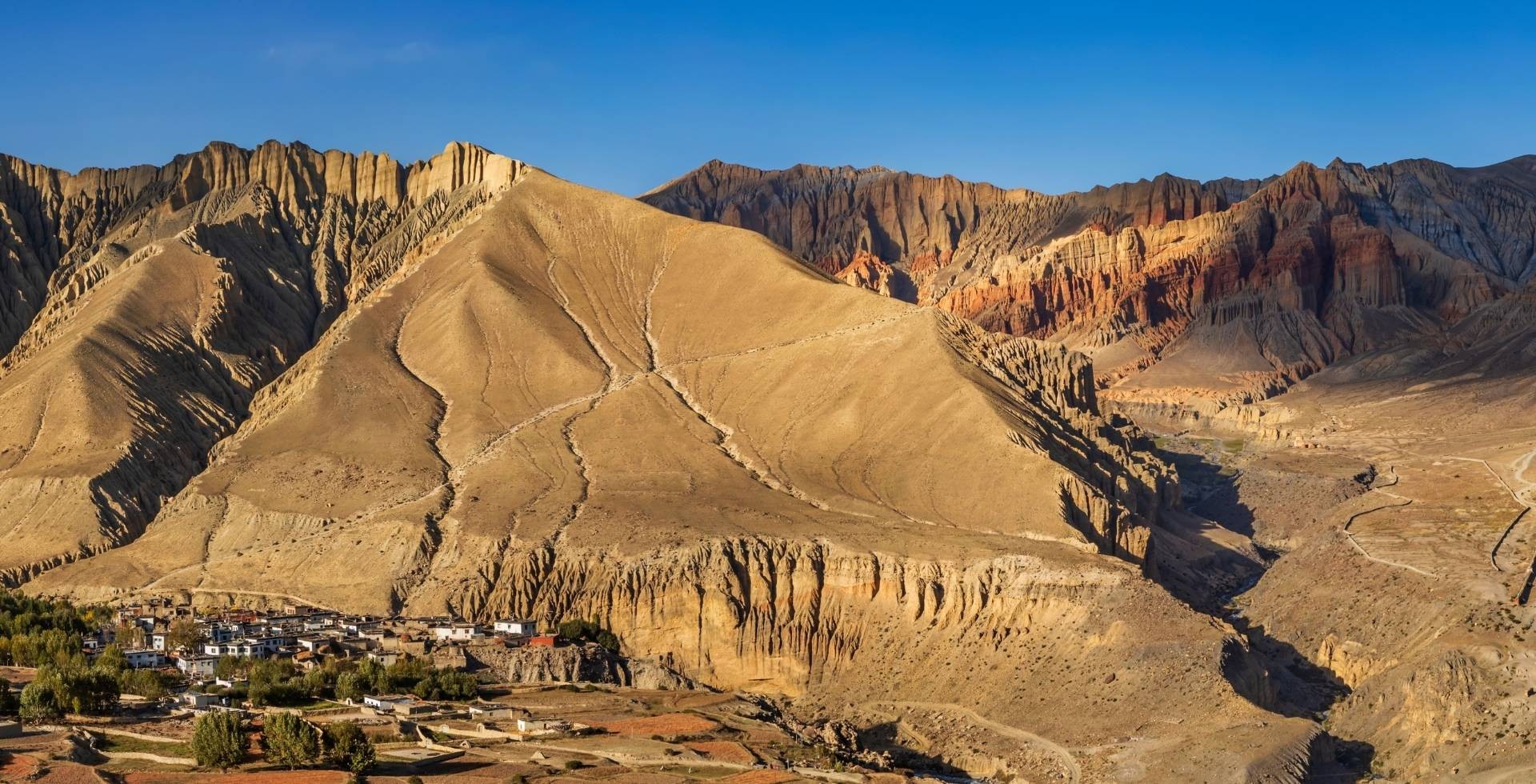

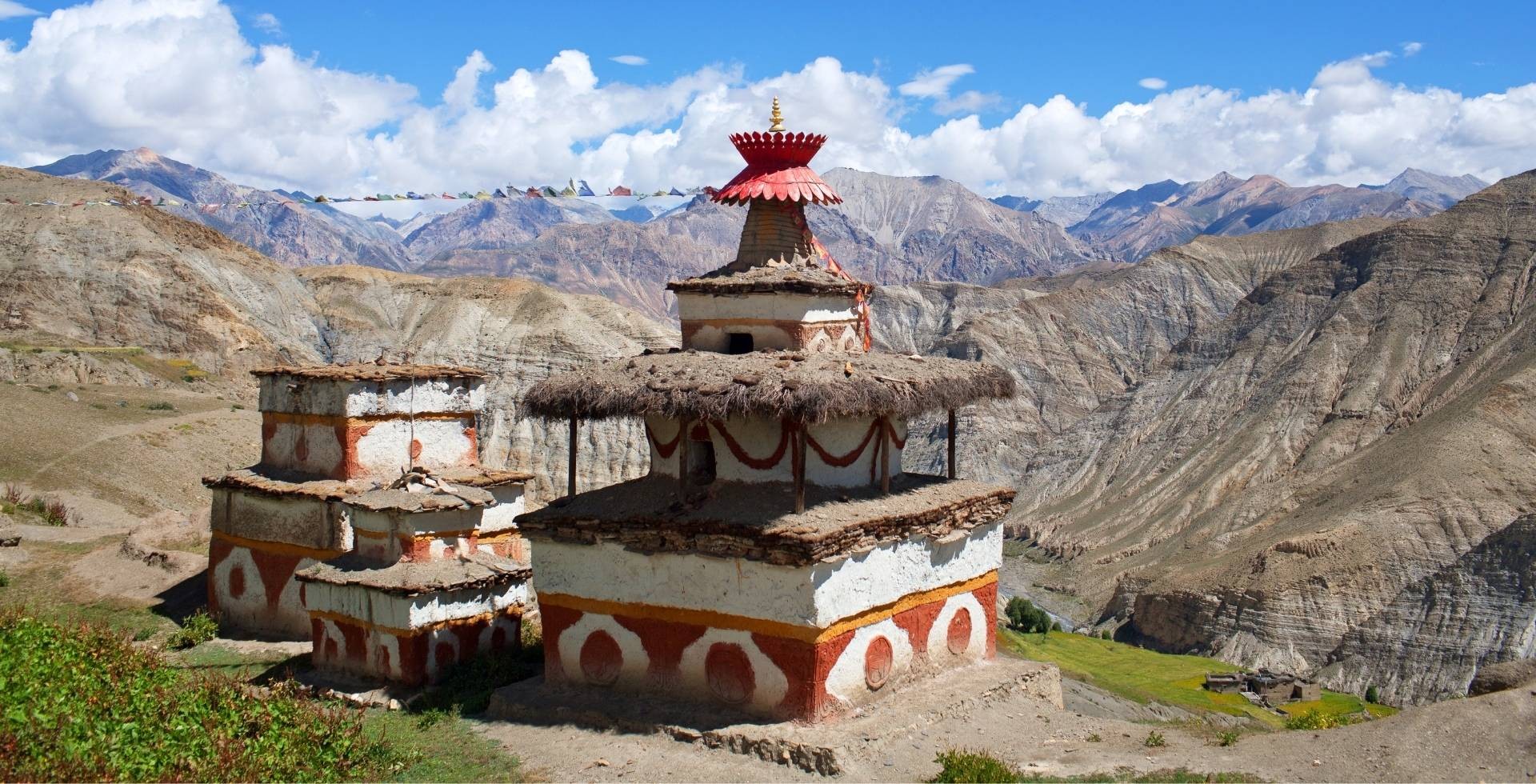
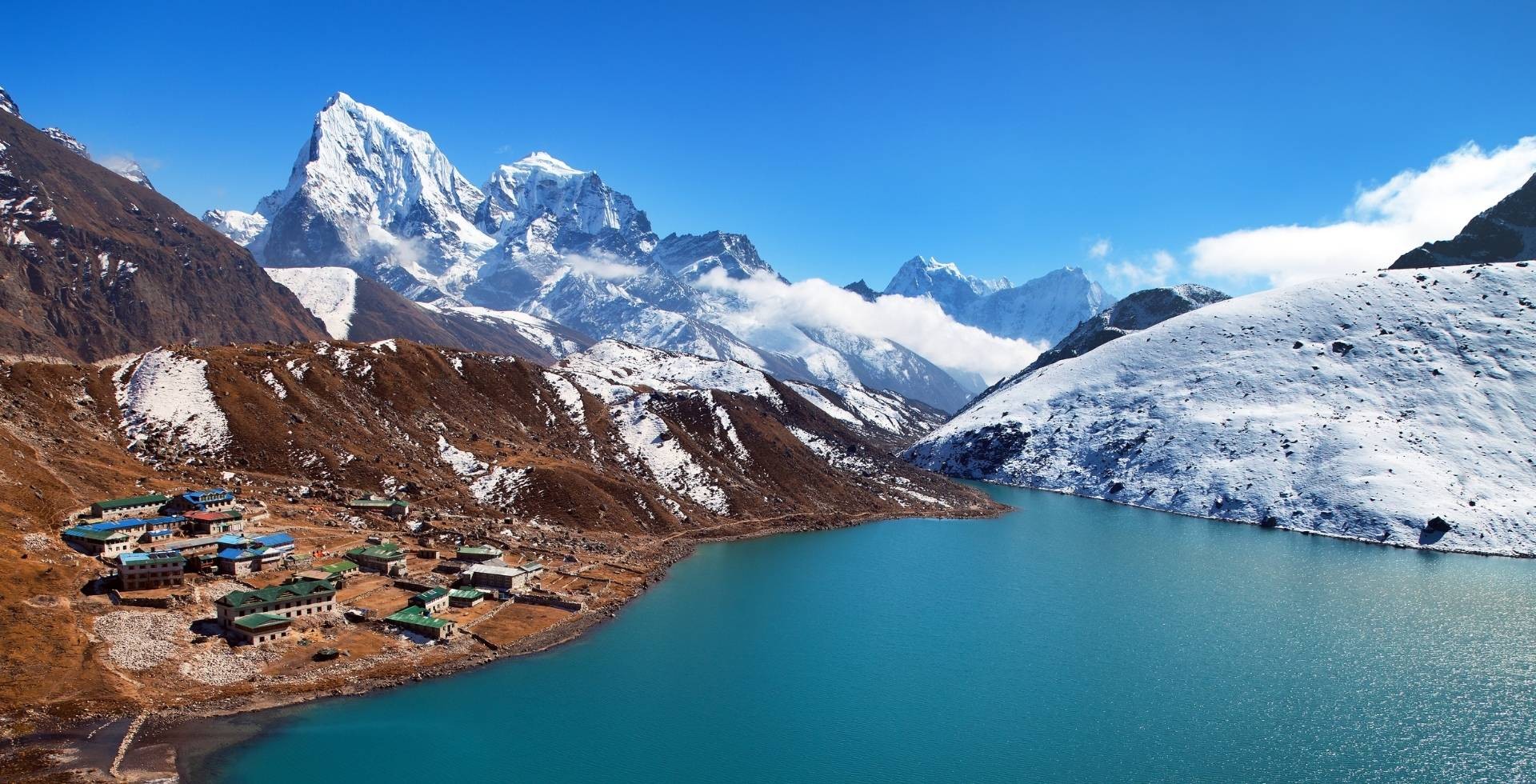

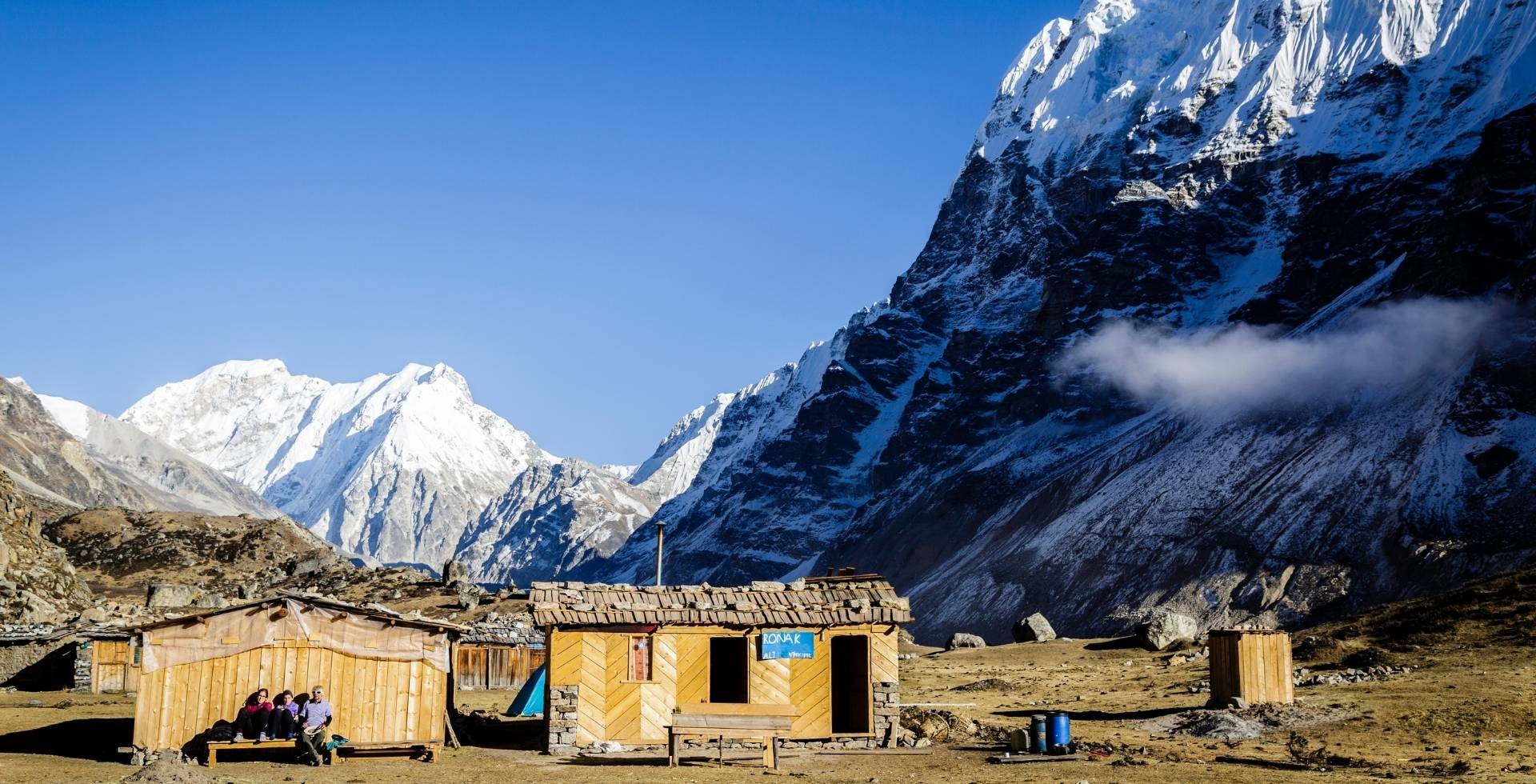
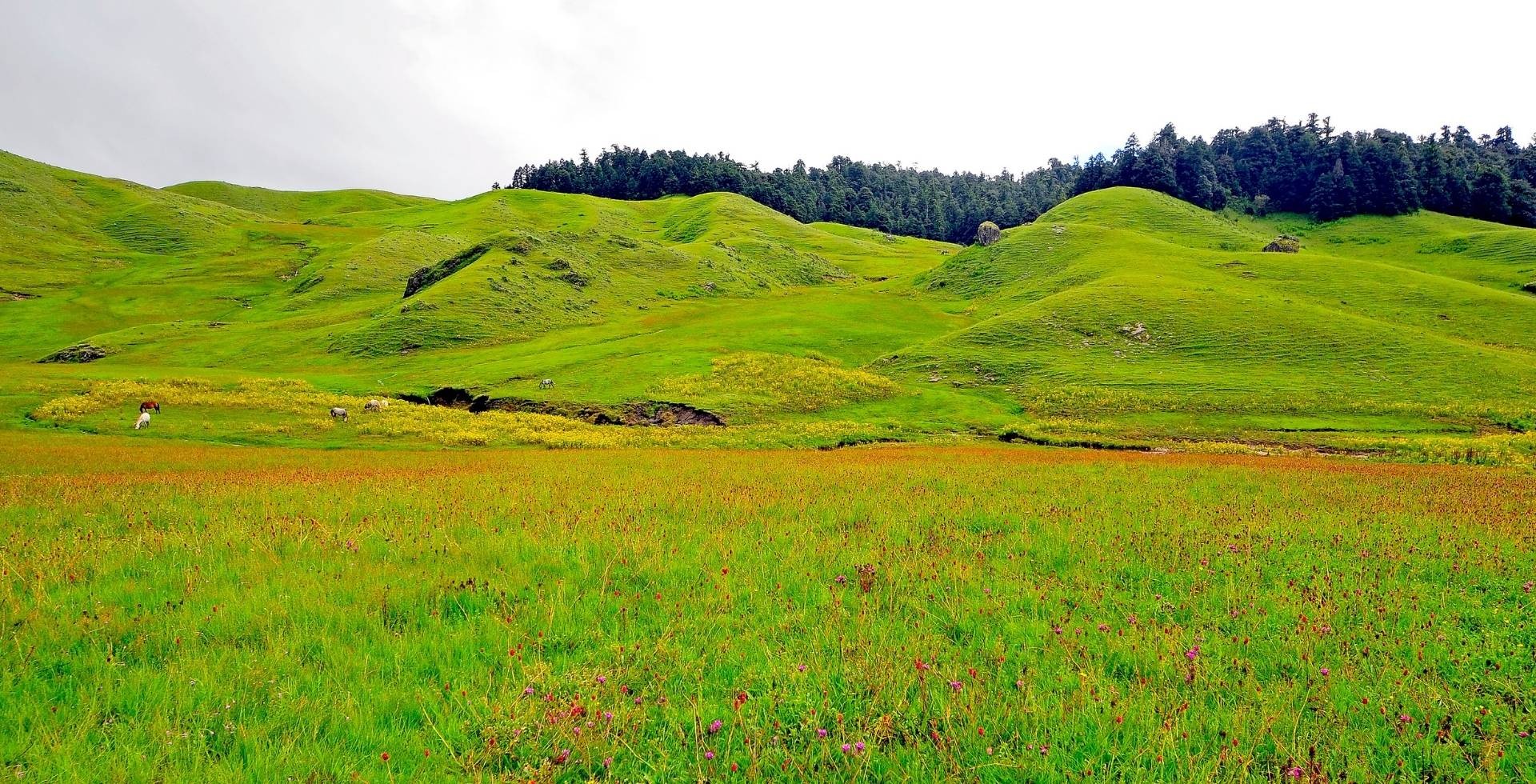
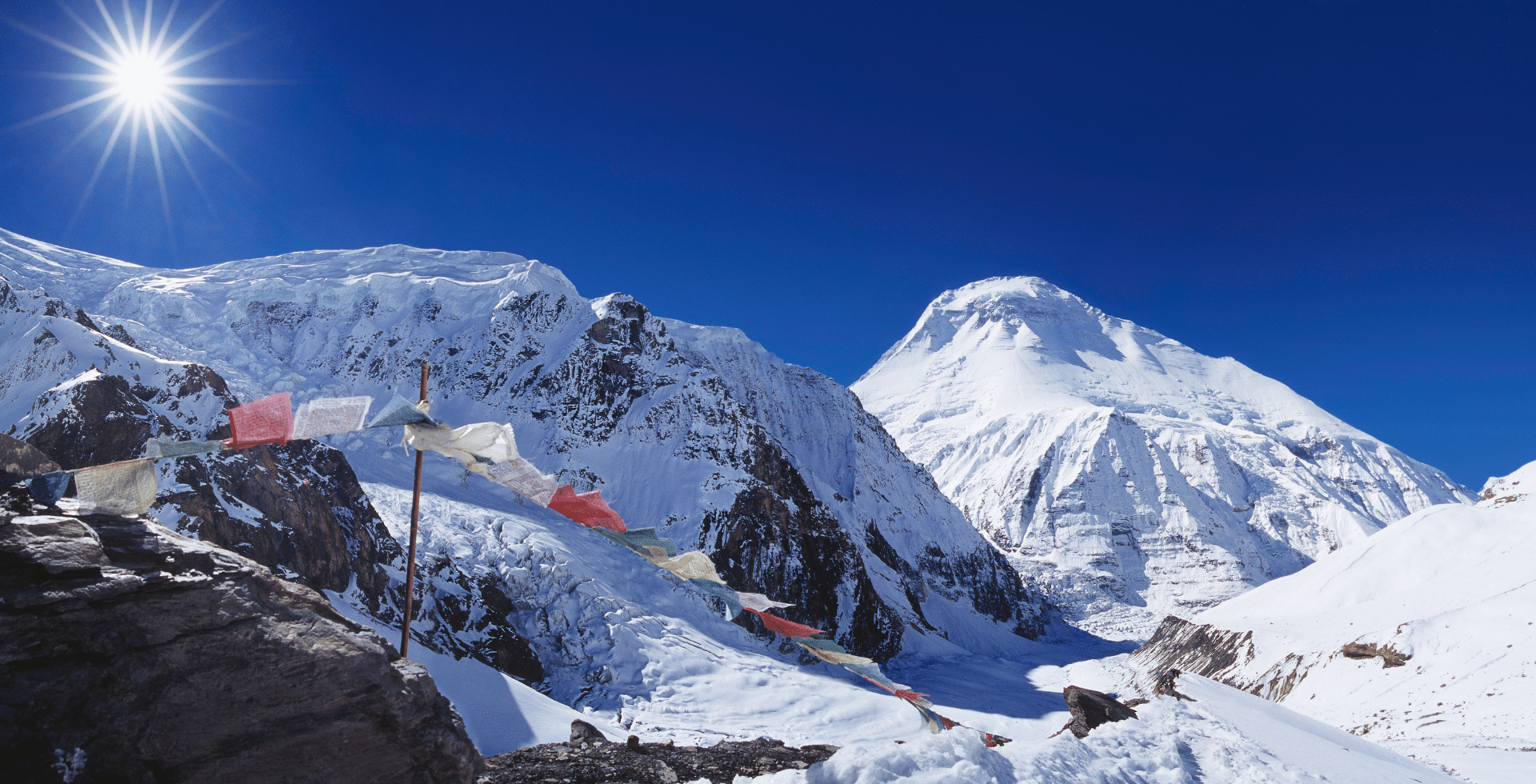
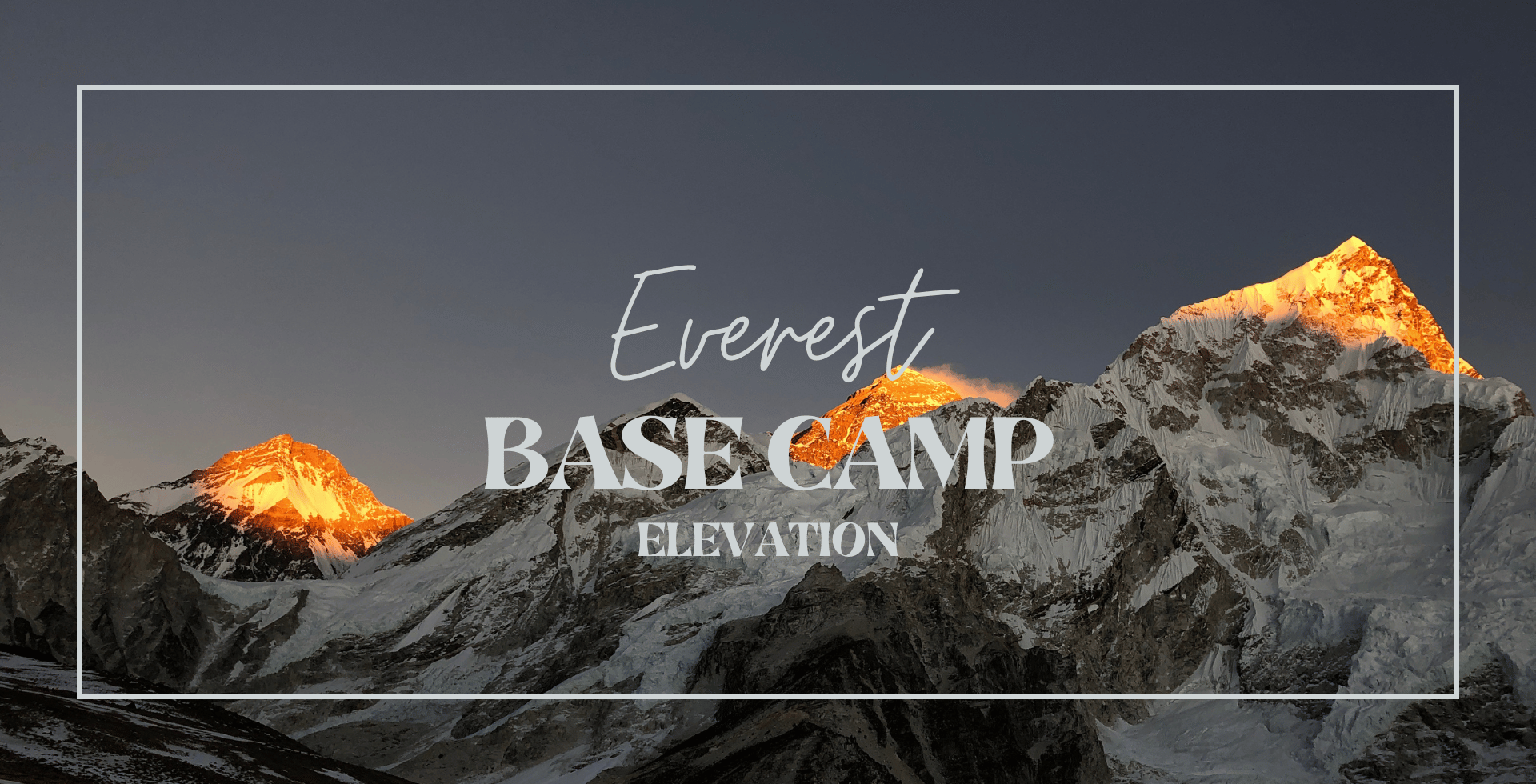
 Kiran Neupane
Kiran Neupane